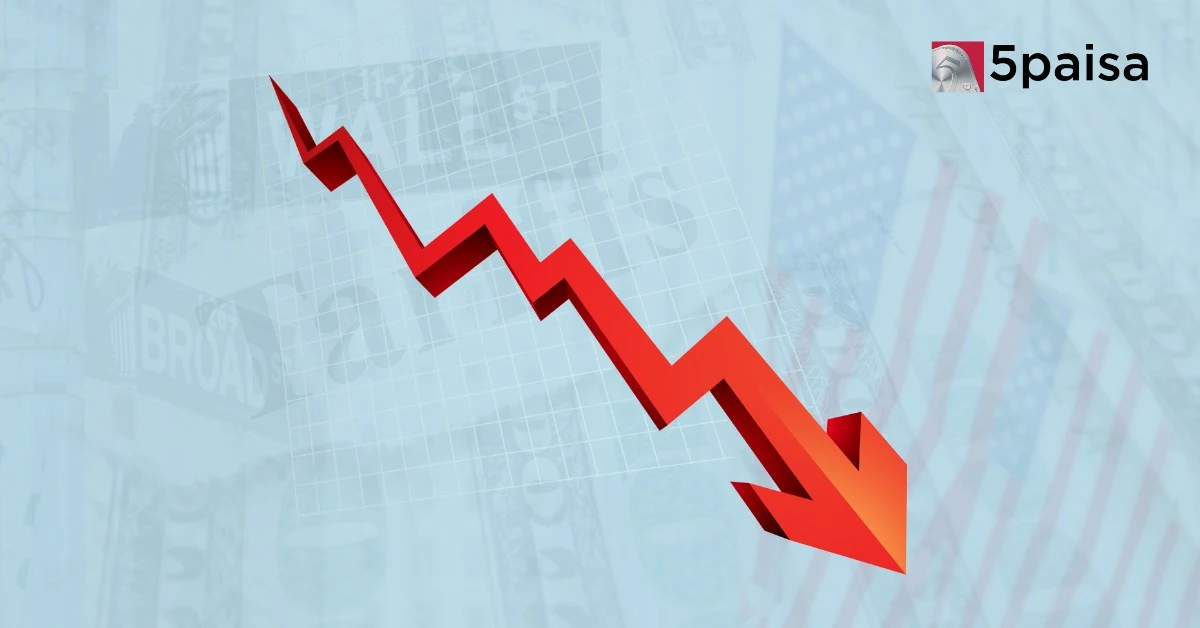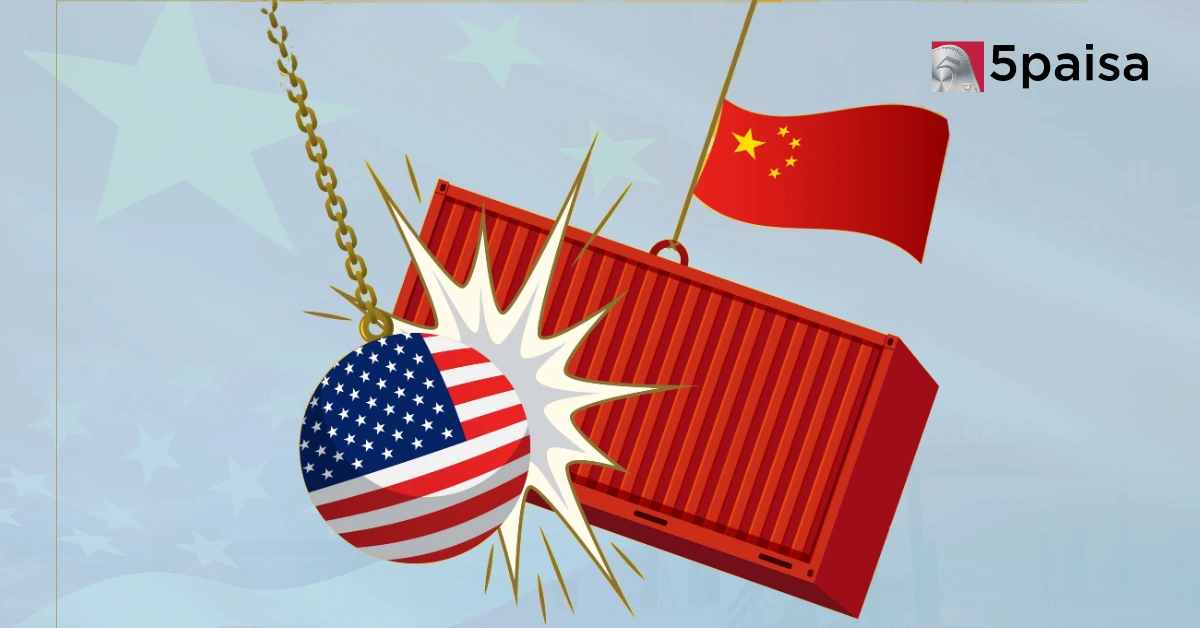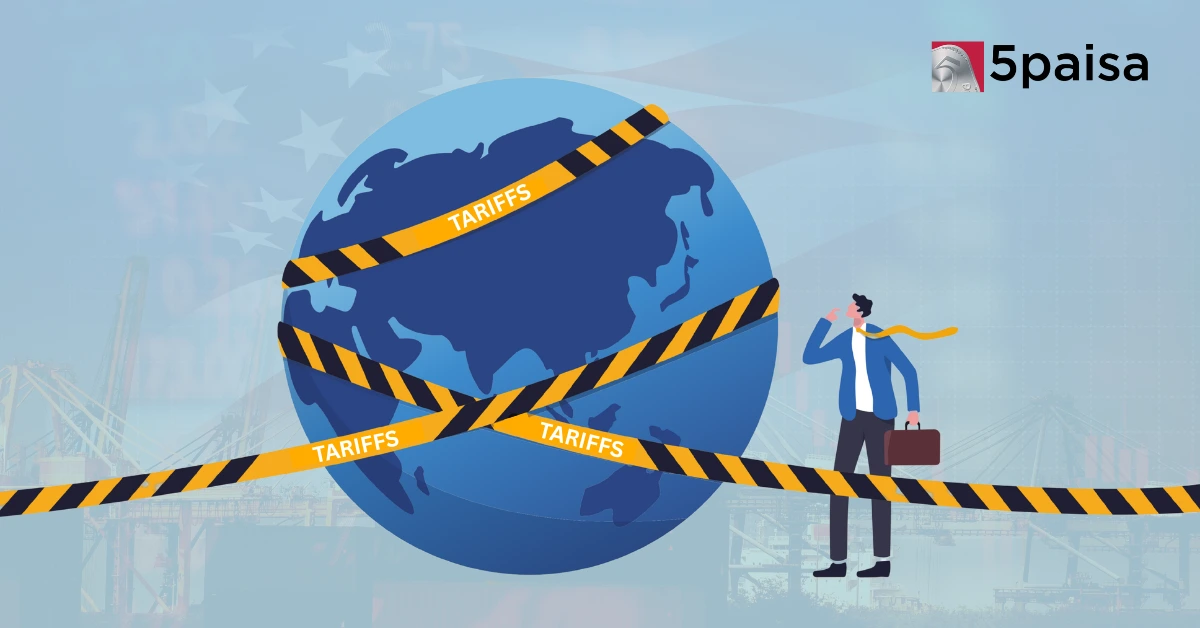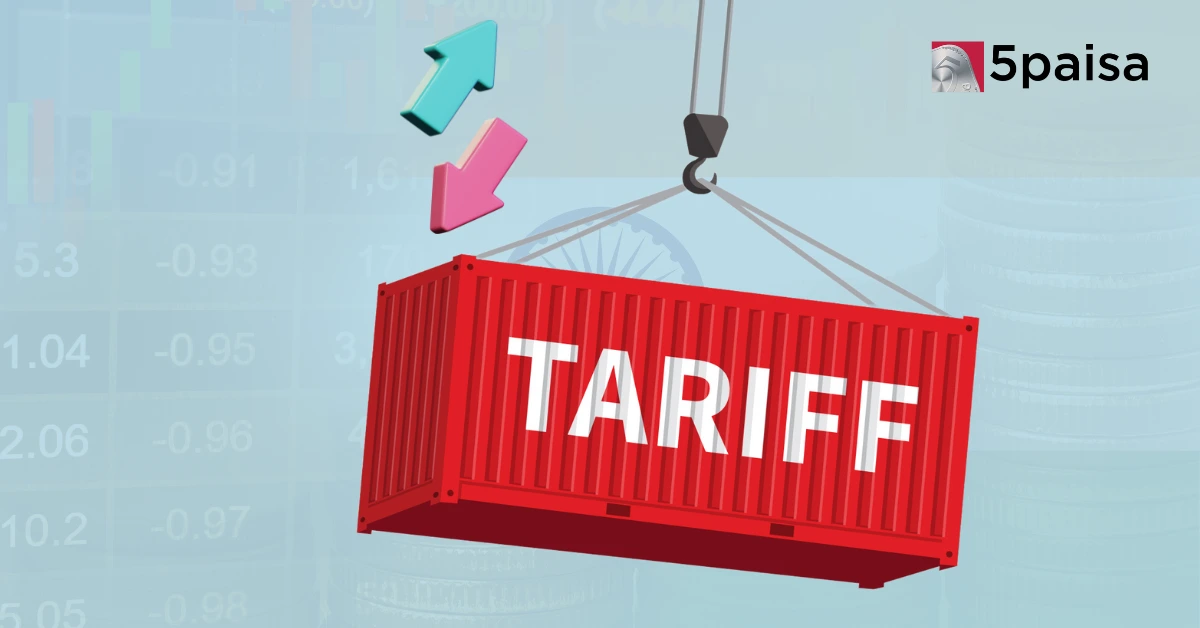Wall Street Futures Slide as Nvidia and ASML Warn Amid Tariff Uncertainty
Morgan Stanley lowers inflation risk for India and Asian EMs
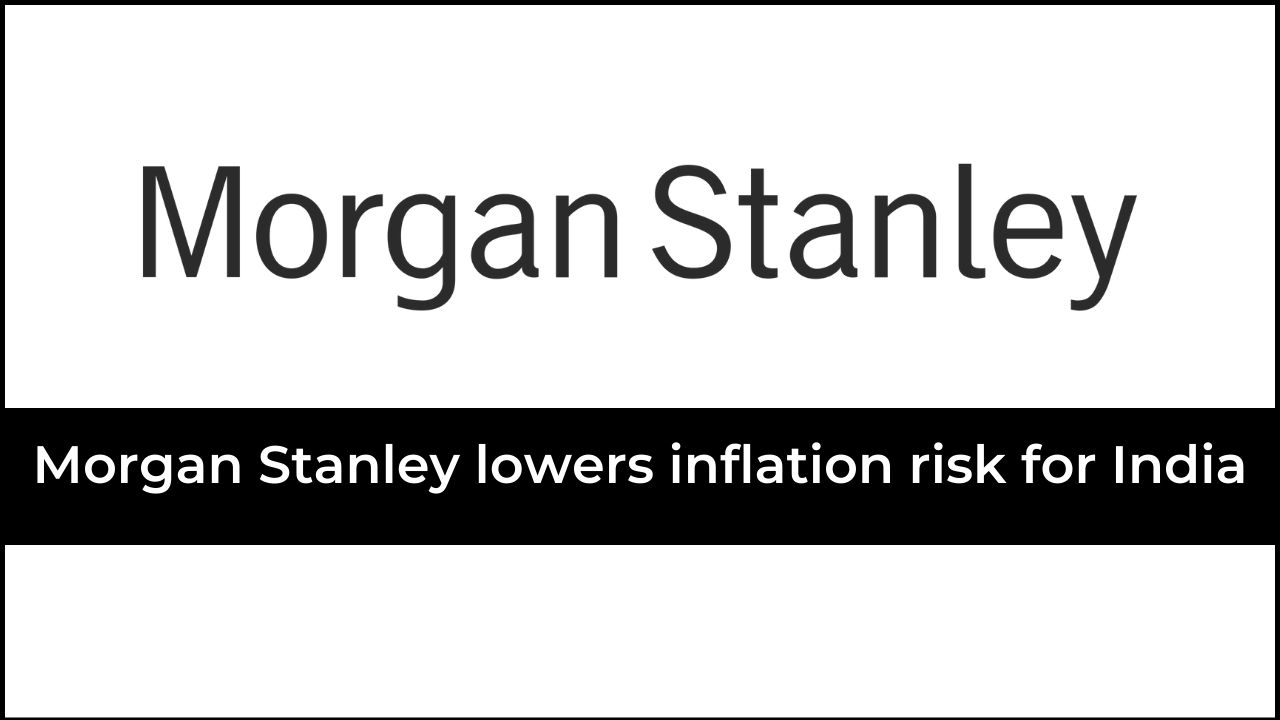
For all those investors who have been wary about rising inflation in India, there may be good news coming. A recent research note put out by Morgan Stanley has suggested that Inflation risk may have peaked out in most of the Asian economies, including India. In fact, the note also suggests that inflation could most likely surprise on the downside, in the next few months. According to the Morgan Stanley report, the markets may actually be overpricing the inflation risk in India and other emerging Asian economies.
There are several reasons proffered by Morgan Stanley for this argument. For one, the recession fears have resulted in a sharp deflation in demand for goods. In addition, the supply chain constraints are easing rapidly, with the most obviously example being how microchips have become a lot easier to procure for Indian auto companies. To add to these ameliorating factors, global food prices, have also come down meaningfully. When this impact is combined with the fall in prices of industrial commodities, you have the answer.
On a more cautious note, Morgan Stanley has warned that services inflation could stay firm as economies reap the benefits from reopening. The services inflation is normally linked to manpower and these costs generally tend to be stickier compared to the prices of physical commodities. According to Morgan Stanley, this services aspect of inflation will only taper when there is a disruption in labour demand, which does not look likely. However, despite these factors, the downside potential in inflation is much more than the upside risk.
According to the note, in the Indian context, the real problem was higher food, crude oil and industrial metal prices. These have largely tapered and that is likely to tame the inflation monster, especially in the Indian context. Of course, there is the risk of imported inflation since India still relies on crude oil imports for 85% of its daily needs. However, even Brent Crude has fallen nearly 30% from peak levels and that should reflect in the price risk. Overall, the report suggests, India should be better off in terms of the inflation risk.
For the month of May 2022, the CPI inflation in India had come in at 7.04% and the figure has been above the 6% upper limit for more than 6 months in a row now. The report also points out that the RBI has also been fairly proactive in tackling the inflation menace by hiking repo rates rapidly by 90 bps in the last 2 months. This should also take a lot of liquidity and price froth off the table. The moral of the story is that while inflation may still take time to moderate, the aggressive inflation estimates may not really be required.
One of the major bugbears for the Indian economy has been the food inflation, which has almost been relentless. However, the Morgan Stanley report also acknowledges that most Asian economies, including India, have managed food demand-supply dynamics much better than their developed world counterparts. Hence, the food inflation pressures are also likely to substantially moderate in the coming months. More so, considering that global prices of food grains have fallen sharply by 30% in the last couple of months.
The crux of the Morgan Stanley report is that the markets may be just pricing too much inflation and too much hawkishness into the price. That may be neither necessary, nor required. With the fears of recession rampant across large swathes of the global economy, Morgan Stanley believes that growth concerns will gradually take precedence over inflation risks. Just a few weeks back, the fear was that central banks may have to substantially hike rates to control inflation. That does not appear necessary any longer.
However, Morgan Stanley has warned that more than inflation, the rising current account deficit may pose a risk. India reported merchandise trade deficit of $70 billion in the June 2022 quarter, implying that full year trade deficit could be in the vicinity of $280 billion to $300 billion. That is going to put a lot of pressure on the current account deficit for FY23 as a percentage of GDP. That, for now, appears to be a much bigger risk than the risk that inflation would force the central bank to turn ridiculously hawkish on India.
- Flat ₹20 Brokerage
- Next-gen Trading
- Advance Charting
- Actionable Ideas
Trending on 5paisa
02
 5paisa Research Team
5paisa Research Team
Global Market Related Articles
Disclaimer: Investment in securities market are subject to market risks, read all the related documents carefully before investing. For detailed disclaimer please Click here.

